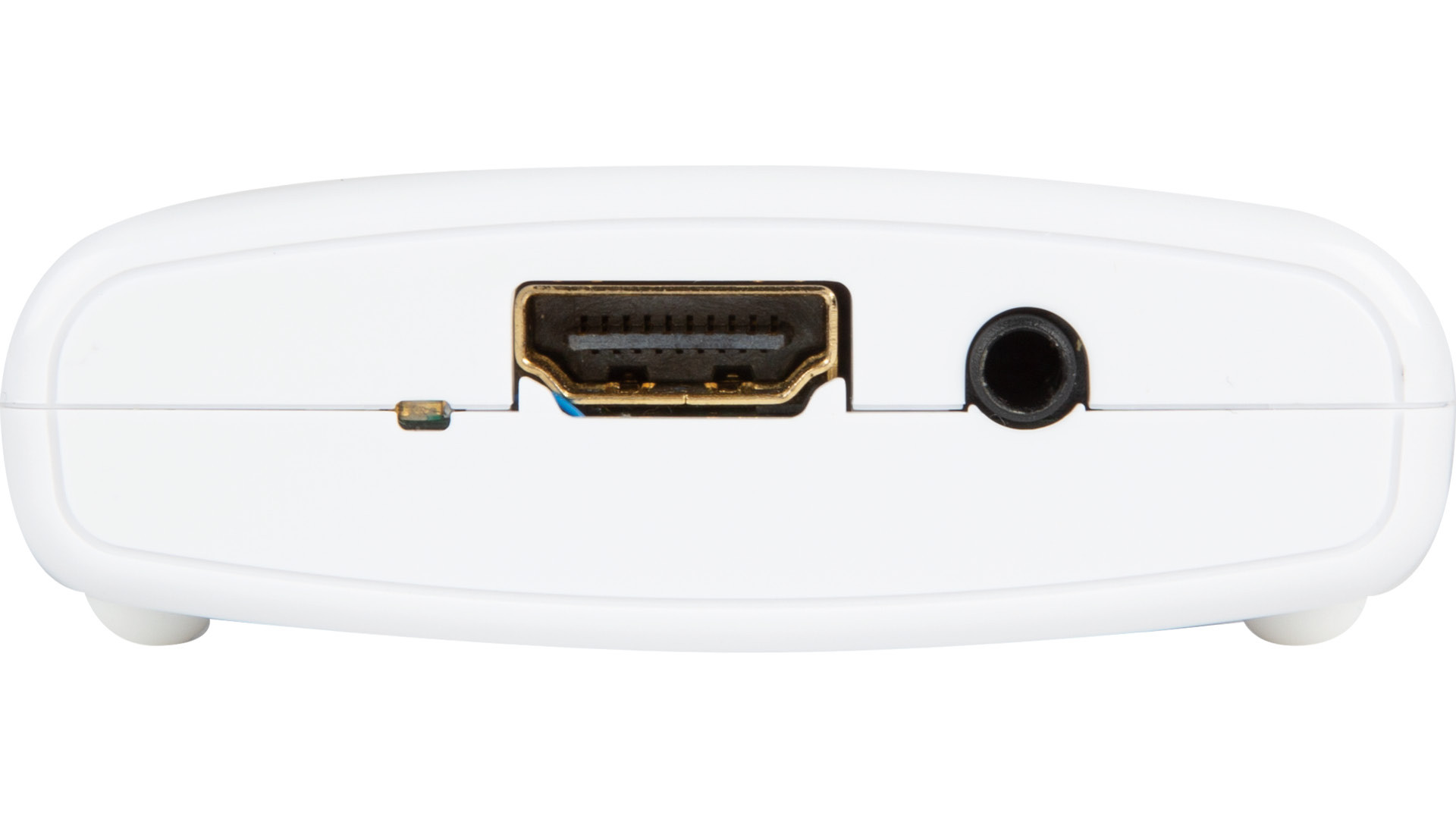

- #Switchresx 1080i interlaced 59.94 full#
- #Switchresx 1080i interlaced 59.94 professional#
- #Switchresx 1080i interlaced 59.94 tv#
This is sometimes called "overscanning" and done to account for small differences in the way TV screens display the broadcast signal.

However, with broadcast video these resolutions are increased to create kind of buffer zone around the edges of the video. 1920x1080 is another common HD video resolution. But as the below chart shows, there are a wide variety of available video resolution formats. HD video is generally defined as having a resolution of at least 1280x720. This is measured by the number of pixels wide by the number of pixels high of a video stream.
#Switchresx 1080i interlaced 59.94 professional#
While this is technically a form of compression, even some top-end professional cameras use chroma subsampling with raw video. For example, chroma subsampling can reduce the bpp from 24-bits to 16-bits without a visible effect on video quality.
#Switchresx 1080i interlaced 59.94 full#
However, some professional cameras use a technique called "chroma subsampling" to reduce the number of bits needed (and thus the bandwidth required) to achieve a full spectrum of color. Most professional broadcast cameras have a color depth of 24–bits or more per pixel, which is considered “Truecolor” with over 16 million color variations. For example, a color depth of 1-bit is monochrome, either black or white, while 8-bits can generate 256 colors. This is also referred to as bits-per-pixel or bpp, and defines how many colors can be represented by each pixel in the video. The math required to calculate the digital bandwidth requirements for uncompressed video is relatively simple, and all you need are three parameters: What the pay-TV provider does in compressing that video before sending it on to their customers is up to them. For example, broadcasters like ESPN or Discovery transmit uncompressed HD video to the pay-TV service provider to ensure they deliver the best video quality possible. Increasingly, however, broadcasters prefer to transmit their HD video content – especially live content – in an uncompressed state (see Broadcast video having its own network revolution). In a non-HD world, it didn’t really matter if a little video quality was lost. In the not-too-distant past, these types of compression tools were used by broadcasters to transmit source video to distribution facilities. The goal of these compression tools is to reduce the bandwidth requirements of a video file or stream as much as possible while degrading the quality of the video as little as possible – and they accomplish this goal to varying degrees. These are video standards defined by the Moving Picture Experts Group (MPEG) that set standards for audio and video compression. Most people are familiar with video formats such as MPEG-2 and H.264. Uncompressed HD: The Future of Broadcast Video

So how much bandwidth does an HD video stream actually use? The answer is simple: It depends…Īs you’ll see as we go through the calculations, there are a lot of variables that can affect how much bandwidth a broadcast HD video steam actually uses.

Additionally, in film and video post-production applications, native video content can be distributed over the network among video postproduction teams. For example, broadcast video transport from broadcast venue to studio, studio/live broadcast center to studio/live broadcast center, or studio/live broadcast center to a video head-end or satellite distribution point.


 0 kommentar(er)
0 kommentar(er)
